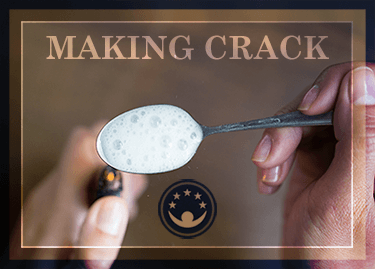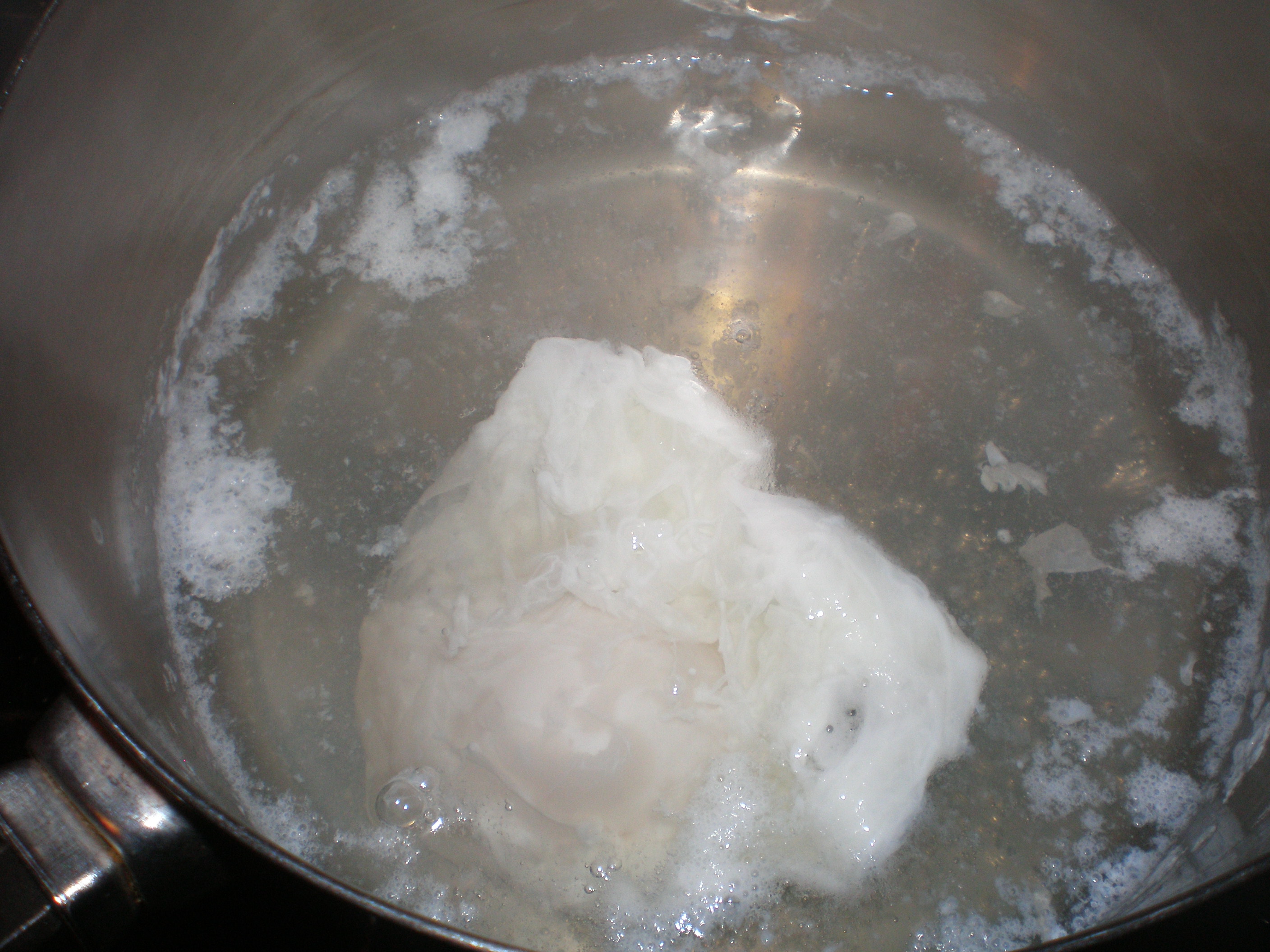Cocaine can be a powerful and very addictive drug. When you snort cocaine or smoke crack-cocaine, you feel the effects very quickly, but they also wear off quickly. Users experience strong cravings, and they may make rash decisions to support their habit.
If you are abusing this drug, you need to stop. There are many different cocaine treatment options that can help you. Check out these tips to learn how to kick cocaine addiction for good.
1. Be Ready for Withdrawal Symptoms
BraveHeart, Jul 31, 2004 #8. Ammonia, ether, and acetone.How To Cook Crack With Only Ammonia And A Spoon And cook crack ammonia spoon voracious appetite make sure you start well ahead of the hole and end well below the hole.mix the cocaine into water will a pinch of baking soda in a spoon,. How do you cook cocaine into crack?.Once you get the hang of it you can cook some up in. In my experience crack is a lot easeier. We put some cocaine on a spoon and mix it with ammonia,.mix the. How To Re Cook Crack In A Spoon. My buddy and i were talking about how his friend re-rocks cocaine which got but that is entirely different to rerocking cocke, which i;m afraid is making crack. He;d just brings it to boil in a large metal spoon, till the rock oils. One of the most deadliest pandemics in modern times. This video goes into the ease in which criminals make this addictive drug. DO NOT TRY THIS AT HOMETHE FO. Dec 07, 2018 Crack is made by adding baking soda and water to cocaine and cooking the whole thing, usually in a spoon. Ermingut/Getty Images Crack cocaine is an easier-to-manufacture form of freebase cocaine – the only difference between cocaine and crack is that the latter has its hydrochloride removed, increasing the melting point and making the drug.
When you quit using cocaine, you may experience withdrawal symptoms. Some of these symptoms occur right away, even if you’ve just taken the drug once. They include: strong cravings, anxiety, paranoia, and agitation. You may also feel tired, depressed, and moody.
Some people struggle with sleep, can’t concentrate, or lose their enthusiasm for life. In rare cases, people have delusions or hallucinations. When you quit, make a plan to deal with your withdrawal symptoms.
Cocaine does not always cause withdrawal symptoms. If you quit and don’t experience withdrawal, that does not mean you are not addicted. You can abuse this drug, without becoming physically dependent.
2. Enroll in Rehab
If you want to quit cocaine for good, you should enroll in rehab. The most effective cocaine treatment option is inpatient rehab. Research shows that treatment needs to last at least 90 days to be effective. Ideally, you should plan to commit to rehab for as long as possible.
Many people think that they cannot stop their lives for inpatient treatment. But if you don’t give yourself time to focus on your addiction, you may continue to abuse this drug. You risk losing friends and family, watching your career suffer, or dealing with health effects. People who don’t get help may overdose and die.


If you truly cannot go to inpatient treatment, find another way to get help. You may want to consider a partial hospitalization program where you access services for several hours a day, but go home at night. Alternatively, you may want to look at other outpatient services.
3. Continue Treatment After Rehab
Sobriety is a lifelong journey. After you leave inpatient rehab, you need to continue your treatment. Consider going to counseling, joining a support group, or exploring other cocaine treatment options.
You may also have to make other changes in your life. For example, if your job or social group encourages your addiction, you may need to find a new job or different friends.
4. Address Co-Occurring Disorders
Cocaine abuse does not happen in a vacuum. Many people with substance abuse disorders also struggle with other issues. Over one third of people who are addicted to drugs and alcohol also have mental health disorders.
Depression, anxiety, PTSD or other mental health issues can drive your addiction. You may turn to this drug to mask the symptoms of these disorders. To get past your addiction, you also need to treat these issues.

5. Think About Triggers
To avoid relapse, you should think about your triggers. A trigger is a feeling or a situation that makes you want to do cocaine. Some of the most common triggers include stress, boredom, or challenging emotions. Often, people experience a trigger when they’re around certain people or see someone else doing cocaine.
Get to know your triggers and learn how to deal with them. In some cases, you may need to change your environment. For instance, you should not hang around with people who use cocaine while you are trying to stay sober. In other cases, you need to find alternative ways to deal with triggers.
6. Explore Healthy Coping Mechanisms
As you quit cocaine for good, you need to learn healthy coping mechanisms. For instance, if you use cocaine to boost your confidence, you need to find other ways to quiet your inner critic and improve your self esteem. If you turn to this drug when you’re stressed, you need to work on stress-reduction techniques. Your counselor can help.

7. Find Your Joy
Cocaine increases the levels of dopamine in your brain. When you have a lot of dopamine, you feel happy and euphoric. Eventually, you have to take more and more of this drug to feel the same effects, which is why cocaine is so addictive.
If you want to quit cocaine for good, you need to find joy in other places. If you like a rush, you may want to look at hobbies that boost your adrenaline like rock climbing or mountain biking. Even just eating right and exercising can help to improve your mood and increase your dopamine levels.
To learn about cocaine treatment options, contact Springhill Recovery Center. We offer quality treatment for an effective recovery. Call us today, we’ll answer your questions and help you take the first step toward quitting cocaine for good.
Sources

- Cocaine withdrawal: MedlinePlus medical encyclopedia.
- 10 best ways to increase dopamine levels naturally.
- How to manage triggers and prevent a relapse.
- NIMH » substance use and mental health.
Production Stage
The film covered small scale (on the spoon) production of cocaine into crack using both the ammonia method and the bicarb method. Both of these appeared to require plenty of patience from the user, but the bicarb method seemed far more quick and simple. With ammonia the process seemed to take ages and the residue that would become crack had to be constantly teased from the edges of the spoon. Of course if you've ever done this yourself or even researched about it in books or online then this is nothing really new to you, the interesting bit was still to come....
Preparation Stage
There has been a lot of talk on the UKHRA discussion list of the last few months about the right way to cook crack for injection, and whether or not some of the problems from crack blocking pins is due to wax being used by dealers to bulk out rocks.
The crack used for the cooking up was the crack that had been made in the previous part of the film. The first attempt involved the crack being heated in water with no citric, the crack melted and floated on the water but as soon as the heat was stopped this quickly became a solid again (in just 14 seconds) Jon suggested that this could be the source of the idea that wax is used. The interesting part was that no matter how much citric was added after this stage the crack would not become a solution again.
The second attempt was using warm solution that heroin had just been cooked in this of course already contained citric, the crack smeared onto the bottom of the spoon and again wouldn't easily go into a solution
The last attempt involved cooking the crack using no heat at all and just a small amount of citric, although this did take some time (which Jon admitted could have been shortened by pre-crushing the rock) it did become a clear solution. Once in solution they then added heroin and heated to check if there would be any issues with heating at this stage. No issues, and the solution stayed stable for days.
What this all means
How To Make Crack Cocaine On A Spoon Without
It's pretty clear from this (and from a previous talk by Ross Coomber) that it's unlikely that anyone does add wax into the rocks they are selling and that the times people talk about getting crack with wax in then needle exchange workers should be talking with them over thier cooking process in detail.
Crack should be cold cooked for injection, although this does take time it is the only real way to ensure a good solution.
If mixing heroin and crack then the crack should be prepared first, this is of course slightly different to previous advice some of us have given about adding the crack in last.
I did talk to Jon after the presentation and the intention is to release this film as a DVD training aid, I for one look forward to seeing the finished product.
If you want to know more you can check Jon Derricott's abstract for the conference, and Ross Coomber's abstract on drug composition.
Update
Make Crack Cocaine In A Spoon
